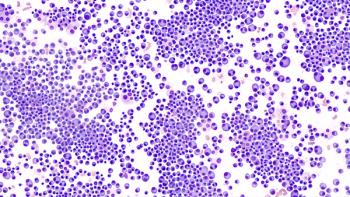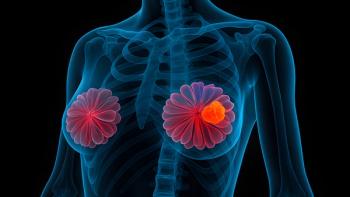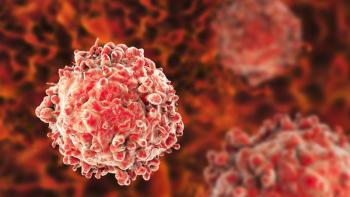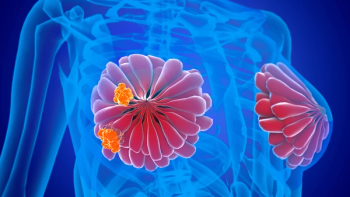
Advancing the Standard of Breast Cancer Treatment With CDK4/6 Inhibitors
An expert discusses recent advancements in breast cancer treatment, focusing on the addition of CDK4/6 inhibitors for high-risk ER-positive, HER2-negative breast cancer.
As the landscape of breast cancer treatment continues to rapidly evolve, more options are available to treat patients with early breast cancer, intermediate-risk disease, and triple-negative breast cancer, among others.
In her presentation at the 8th Annual School of Nursing Oncology (SONO), Marcie Taylor Beasley, MSN, RN, FNP-C, AOCNP, nurse practitioner at Tennessee Oncology in Chattanooga, discussed the recent advances in the management of breast cancer. These include CDK4/6 inhibitors for high-risk patients with ER-positive, HER2-negative disease.
Beasley also touched upon implications of some recent clinical trials in the breast cancer space, some of which demonstrate the efficacy of treatment to reduce the risk for recurrence.
Oncology Nursing News also spoke with Beasley to learn more about the major takeaways of her presentation and how new treatments can address several subtypes of breast cancer.
Transcript:
Well, you know, when we have 30 minutes to give to the recent advances in breast cancer, I kind of had to narrow it down. But I'm really trying to think of what a practicing RN or advanced practice nurse can take in his or her day-to-day practice.
So I'm really focusing on just the updates in the past couple of years on early breast cancer, ER-positive, metastatic breast cancer, as well as HER2-positive and triple negative, as far as, you know, recent changes in practice.
And so we really start with the changes in early breast cancer treatment. And so the addition of CDK4/6 inhibitors to high-risk women that have estrogen receptor-positive, HER2-negative breast cancer is what I'm kind of starting with. And really, that's the updates from the
So right now, updates that we have are for women that are ER positive, HER2 negative. And that big update is that for women that qualify that are high risk—which means larger tumors, higher grade, and multiple positive nodes—in addition to their standard treatment, which often includes chemotherapy and at least 5 to 10 years of endocrine therapy, we're also adding 2 years of abemaciclib (Verzenio).
There is also a study called the NATALEE study that looks at a different
Newsletter
Knowledge is power. Don’t miss the most recent breakthroughs in cancer care.
















































































